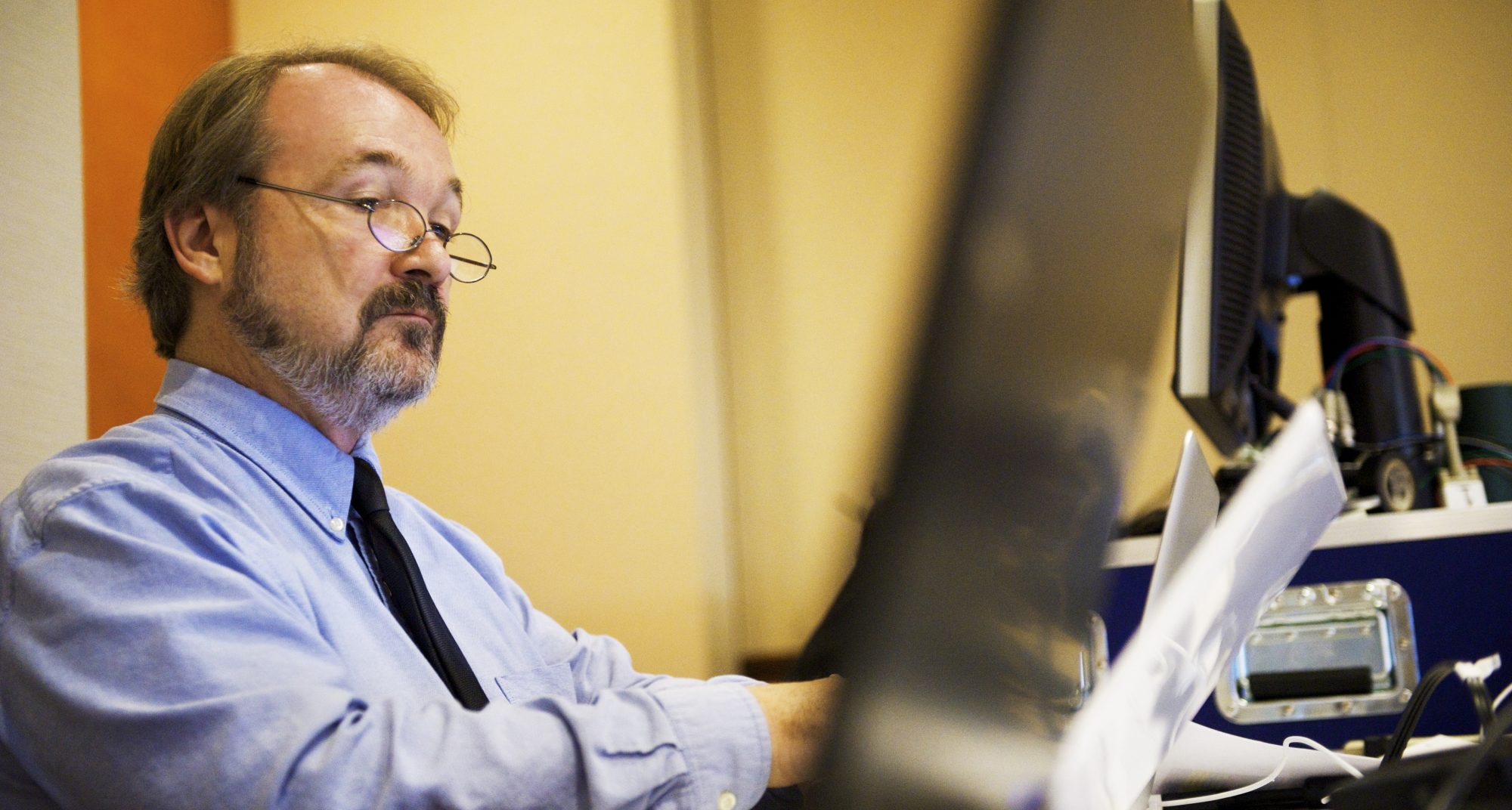
(Image by Unervi González, via Unsplash)
The worst writing advice ever is Show, don’t tell. It’s like saying Gas, not brakes. You need both, and you need to be able to manage how you choose which pedal to emphasize.
There are books that are chewy and dense, filled with ideas. Novels about social change, novels about questions of justice, novels about great historical trends that continue to play out. And there are books that are mile-a-minute, that suck you in and just won’t let go. “I couldn’t put it down,” we say. And even within either kind of book, there are moments that move more quickly, and moments that draw back.
There’s no “right pace,” there’s only decisions about how we control pace. There will be times when we want to be quick and immersive, and times when we want to be more deliberative and abstract. There will be some genres, like mysteries and romances, where we’ll skew toward speed more often than not; there will be other genres, like novels of social criticism, where we’ll skew toward deliberation.
If our craft is up to the task, our readers will be doing what the characters are doing. When our characters are arguing, our readers are tense. When are characters are doing something, our readers are feeling it. When our characters are observing, our readers are observing. When our characters are pondering, our readers are pondering along with them. Thinking is always slower than feeling; ideas take us out of scene and make us do more work.
Here’s a quick thought about the kinds of tools we have at our disposal to make a passage faster and slower.

Imagine this as a series of sliders. If you mash them all the way to the right, it feels faster. If you push them all the way to the left, it feels slower.
Vocabulary—short and simple words read quickly. Long and specialized and unfamiliar and esoteric words read more slowly.
Syntax—Simple declarative sentences read quickly. Longer and more qualified sentences, especially those with lots of internal punctuation (like this one) that require you to remember a root structure, read more slowly.
Plot Adjacency—scenes that are about the core character and their primary dilemma move faster; digressions and secondary/tertiary characters and subplots require us to keep track of more things.
Chronology—linear and relatively close-sequenced chronology is familiar. Chronological jumps, flashbacks, long absences, a narrator from the future commenting on the narrative present: all of those slow a passage down.
Activity—if the scene is about people doing or talking, it’ll go quick. If it’s about people thinking, making connections, remembering, taking stock… so will we as readers.
I was at a talk recently in which the author spoke unambiguously about the importance of pace and tension. All good, but he’s an extrovert author of political thrillers, and he wasn’t able to reflect on the importance of different paces for different needs. It’s like a drag racing driver on a Formula 1 course—he’s just gonna go through a wall in pretty short order if he doesn’t do work that’s in a straight line.
All of this is like drivers’ training. It’s not enough on its own to know where the pedals are and what they do, it takes a lot of practice to be able to use them without lurching. But it’s a starting point, and I think that it makes something that a lot of writers do by feel into something maybe more learnable and controllable.

